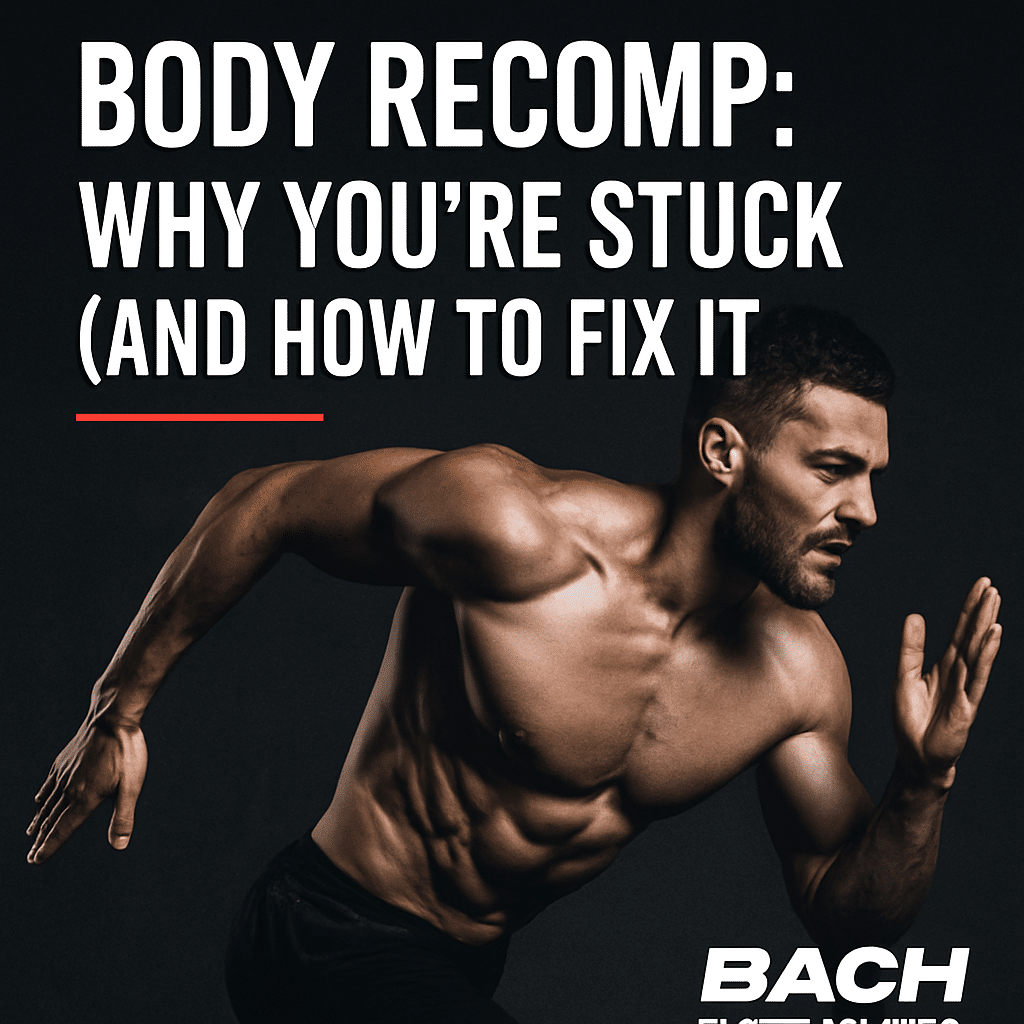Why You Should Be Sprinting To Lose Weight
June 23, 2015
Regular “cardio” is boring. Here’s Why You Should Be Sprinting To Lose Weight
-
Sprints will keep you lean during a bulking phase.
-
Sprints will shred fat when dieting down due to their impact on insulin sensitivity.
-
Sprinting before lifting will potentiate the CNS for greater gains in strength.
-
Sprinting builds powerful hamstrings and glutes. They can be a deceptively powerful muscle builder.
Why You Should Be Sprinting To Lose Weight
One meta-analysis compiled data from 70 studies and found that, on average, sprinting led to a higher reduction in body fat than both conventional high-intensity interval training (HIIT) and moderate-intensity continuous training by 39.6% and 91.8%, respectively.
Sprinting increases your metabolic rate for several days after the workout. This phenomenon is known as the excess post-exercise oxygen consumption (EPOC) effect. EPOC — also known as “afterburn” — allows you to continue burning calories long after the workout is over.
Improved Anaerobic Conditioning Levels
Ahh, the good ole’ C-word. No, not that one. Not Crossfit either.
Skinny guys treat cardoio like a plague that must be avoided at all times.
Endurance athletes treat it like the holy grail of fitness.
The truth is, cardiovascular exercise has benefits and drawbacks. Doing too much can overstress your body and actually make it harder to lose fat. Not enough cardio and you’ll struggle to get lean and healthy.
Your body has three main energy systems that work in concert to provide us with the energy (i.e. ATP) necessary for our daily activities, including exercise.
- ATP-PCr: Provides energy for very high intensity, short-duration activities (6 – 10 seconds) without the use of oxygen (1 ATP per reaction)
- Anaerobic Glycolysis: Provides energy for high intensity, short-to-moderate duration activities (10-90 seconds) without the use of oxygen (2 ATP per anaerobic cycle)
- Oxidative Phosphorylation (Aerobic): Provides energy for low-to-moderate intensity activities lasting more than 2 minutes (36-38 ATP’s per cycle)
All work together at all times and the percentage in which they’re used depends on how intense your exercise is. For example, all in the park is probably 99% aerobic whereas a 40-yard sprint is probably 95% PCR.
Back to my point: Sprinting is a high-intensity method that emphasizes the ATP-PCr and anaerobic glycolysis systems, the same energy systems used during most high-intensity lifting sessions.
When you sprint, you’ll improve your anaerobic glycolytic capabilities. Sprinting allows you to work harder you’re allowed to work at higher relative intensities. This can help improve your work capacity in the gym, sports, and life.
There are peripheral adaptations associated with aerobic AND anaerobic metabolism (i.e. improves the function of ALL three energy pathways). This means you’ll improve work capacity in your muscle-building workouts, allowing for harder training and building more muscle.
Sprinting Builds Muscle
Sprinting is a total body exercise with the primary driving force being powerful hip extension and flexion in acceleration, then rapid stride turnover as you reach top speed.
The muscles primarily responsible for explosive hip extension/flexion are some of the biggest muscles in your body: the glutes, hamstrings, hip flexors, and quads.
Sprinting increases protein synthesis and HGH release (by up to 230% and 500%, respectively). Sprinting also boosts testosterone, improve insulin sensitivity, and increase mTOR signaling. All of these factors are linked to muscle growth.
Rather than solely using deadlifts, squats, cleans, and other weight-room exercise to build your backside — use sprints.
Sprinting Work Potentiates the CNS for Gains in Strength
-
According to Hamada et. el (2000), there is increased phosphorylation of myosin regulatory light chains during a maximum voluntary contraction (MVC). This allows the actin and myosin binding (for muscle contraction) to react to the increased calcium release.
This reaction triggers a cascade of events leading to enhanced force muscle production at the structural level of muscle (Horwath & Kravitz ). Increased muscle activation yields a greater duration of calcium ions in the muscle cell environment, yielding a greater phosphorylation of the myosin light chain protein (Rixon et al. 2007).
-
The second theory is based on the H-reflex, an excitation of a spinal reflex elicited by afferent muscle nerves. It is theorized that the PAP intervention enhances the H-reflex, thus increasing the efficiency and rate of the nerve impulses to the muscle (Hodgson, Docherty, Robbins, 2005).
How To Sprint
Low Volume Sprints Before lifting
Sprinting before lifting is ideal for improving performance in athletes and potentiating the nervous system for heavy lifts and explosive training. As a result, your strength performance will increase, conditioning will improve, and athleticism will be preserved.
But wait…Sprinting is a technical movement that needs practice. The most demanding and explosive exercises require maximum focus and energy to preserve technique and thus, should be done first in a workout, which means sprints.
The neural demands of sprints need full focus for maximum performance and low injury risk, at least if you’re moving at top speed. Remember peeps, we need risk versus reward: enough sprinting to spark the nervous system, yet low enough in volume to prevent excess fatigue, especially in hard-gainers.
Perform low volume, short distance sprints before training rather than long-duration sprints when you’re already gassed and fatigued. Two days per week perform five sets of 10-20 yards with walk-back recovery and adding one sprint per week.
This way, you’ll improve athleticism and power without excess stress and training volume to interfere with your gains.
Sprints at the End of Your Workout
If sprinting at the end of a workout use a hill or incline treadmill. The incline angle prevents you from overstriding in acceleration, which can lead to hamstring pulls. Plus, the incline shortens the distance of the foot fall, reducing impact on your joitns while scorching your legs and lungs.
How many times a week should you sprint for weight loss?
Sprint twice per week for fat loss. After a warm-up and speed drills, sprint for 10 minutes with 8-second sprints and 50 second rests, increasing sprint time by one second and decreasing sprint rest by one second each week up to 15-second sprints.
Week One: Sprint 10 seconds, rest 50
Week Two: Sprint 11 seconds, rest 49
Week Three: Sprint 12 seconds, rest 48
Week Four: Sprint 13 seconds, rest 47
Week Five: Sprint 14 seconds, rest 46
Week Six: Sprint 15 seconds, rest 45
As always, a micro-progression to condition the body and tissues to the demands of sprinting without exceeding your recovery capabilities.
Wrap Up
Listen, I know cardio sucks. That’s why we all skip it, even more so when there are too many options. Unfortunately, neither is a good option, So I’ll make it simple:
Get up and sprint.
Yea, it might be scary, but you must sprint to maximally improve athleticism and preserve muscle. Just as important, sprinting torches unwanted body fat that’s been hanging over your jeans from the Holiday season.
You have nothing to lose—only athleticism, a shredded body, and powerful legs to gain. Alright, I gotta go hit the gym to use the recumbent bike. Just kidding, hill sprints it is.
References
Horwath, R., & Kravitz , L. (n.d.). postactivation potentiation: A brief review. Informally published manuscript, Exercise Science , Retrieved from http://www.unm.edu/~lkravitz/Article folder/postactivationUNM.html
Nevill, M. E., et al. “Growth hormone responses to treadmill sprinting in sprint-and endurance-trained athletes.” European journal of applied physiology and occupational physiology 72.5-6 (1996): 460-467.
Rixon KP, Lamont HS, Bemben M. Influence of type of muscle contraction, gender, and lifting experience on post activation potentiation performance. J Strength Cond Res. 2007; 21: 500–505.
Rizzo, Nicholas. “Sprint Interval Training: Burn 40% More Fat Than HIIT in 60% Less Time.” RunRepeat, 31 Mar. 2019, runrepeat.com/sprint-interval-training.
Sandvei, Marit et al. “Sprint interval running increases insulin sensitivity in young healthy subjects.” Archives of physiology and biochemistry vol. 118,3 (2012): 139-47.
P.S.
I want to help you avoid my training mistakes: you can start building your ultimate high-performance body now. And I’ve put together a Facebook community to help you do just that. Join the Minimalist Muscle Community for my best free training and nutrition tips.










[…] Why You Must Sprint — Eric Bach […]
[…] Why You Must Sprint – Eric Bach […]
[…] your glutes and hamstrings and if you haven’t noticed sprinters have very athletic bodies. This article lays out all the reasons you should be sprinting. Running isn’t as good as sprinting, but it […]
[…] https://bachperformance.com/why-you-must-sprint/ […]